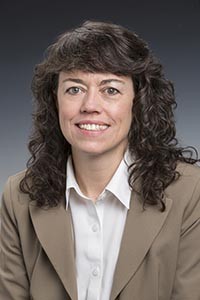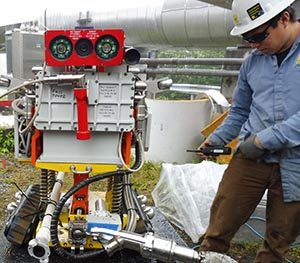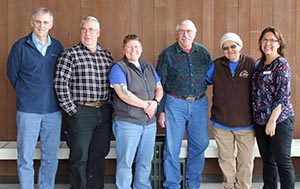By Amanda Bauer, President of the Council’s Board of Directors and Donna Schantz, Executive Director.


In 1990, just after the worst oil spill the U.S. had ever seen, Congress was tasked with creating legislation that would prevent such a disaster from happening again. One goal of the resulting legislation, the Oil Pollution Act of 1990, was to foster long-term partnership and build trust between industry, government, and local communities. To help accomplish this, the Act mandated regional citizens’ advisory councils to help monitor the oil industry in Prince William Sound and Cook Inlet.
Great visionaries began this experiment in building partnership and trust. While some of these people are no longer with us, we still share the vision that motivated them.
Today, the council still works to find common ground between citizens, the oil industry, and regulators in order to develop the trust necessary to build and maintain the safest marine transportation system in the world.


